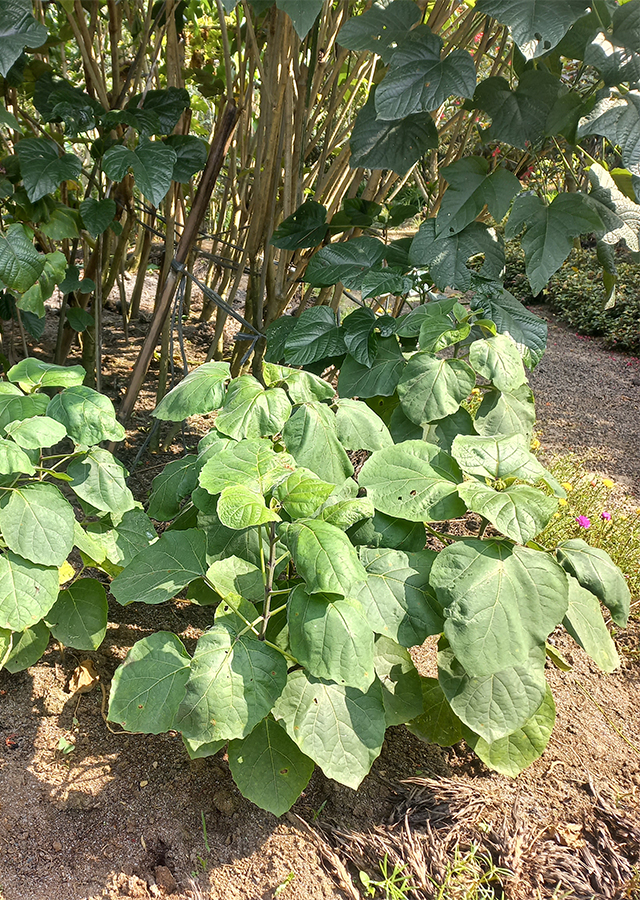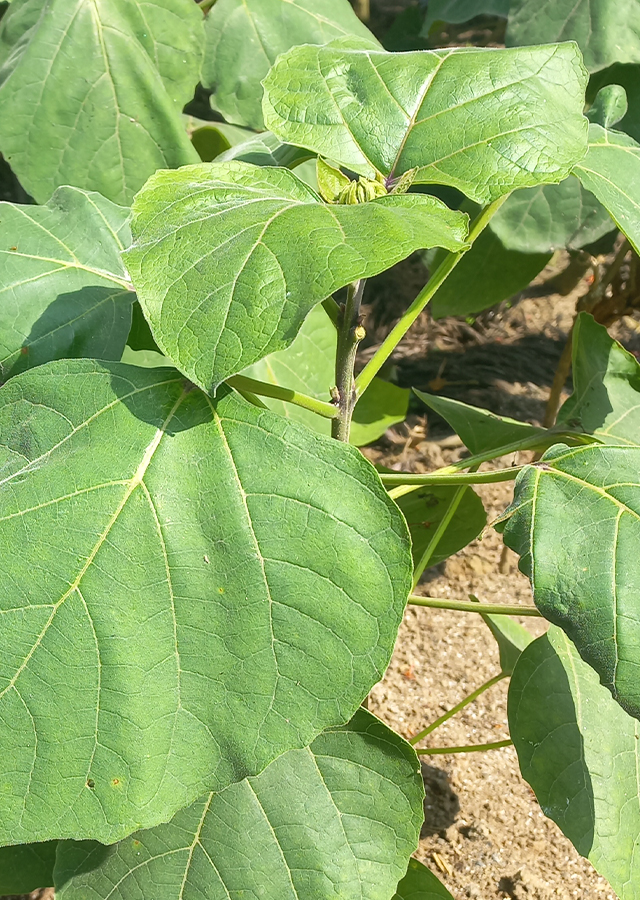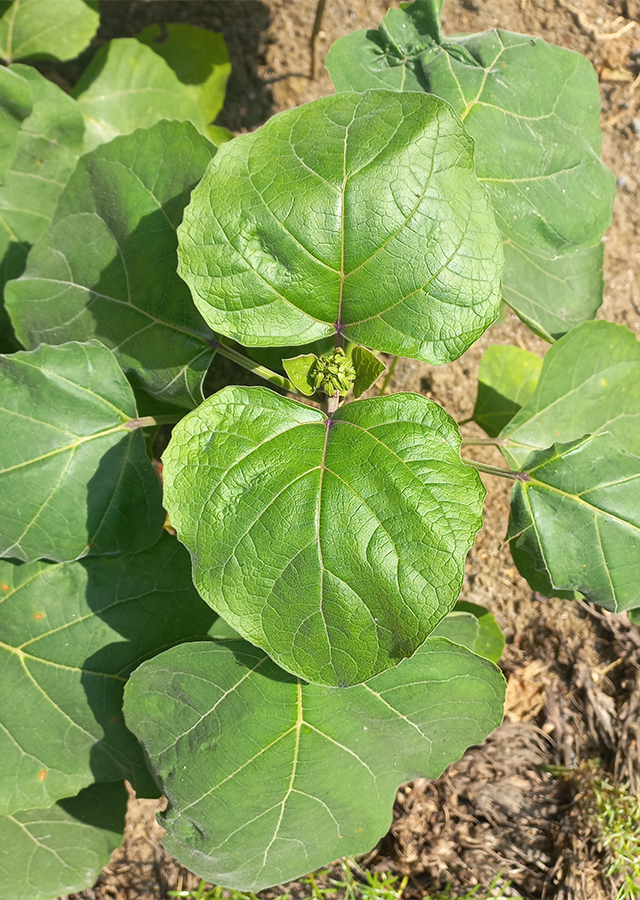Glory Flower
Clerodendrum bungei Steud.
Lamiaceae
Location in our garden
Principal



Synonym
Clerodendrum foetidum Bunge
Volkameria bungei (steud.) Lavallee
Habitus
Shrubs. An erect, deciduous perennial shrub, growing up to 2 m tall.
Part Used
Leaves
Growing Requirements
Full Sunshine
Need Shade
Drought Resistant
Low Temperature
Habitat
Forest
Roadside
Shrublands
Terrestrial
Overview
Clerodendrum bungei is native to China, Vietnam and Taiwan. The species is known to have been introduced to Mesoamérica, Bolivia, Brazil, Argentina, and Nicaragua. The plant is harvested from the wild for local use as a medicine. It is sometimes grown as an ornamental, valued especially for its deliciously scented flowers. The leaves have a foetid aroma when crushed. The plant is classified as 'Least Concern' in the IUCN Red List of Threatened Species (2018).
Vernacular Names
Chou mu dan (Chinese), Beni-bana-kusagi (Japanese), Herrlicher Losstrauch (German).
Agroecology
Occurs in waste places, hillsides and damp shady roadsides, at elevations up to 2,300 m, as well as mixed forests on mountain slopes and along the sides of roads. Clerodendrum bungei is found through much of China, from the warmer temperate zone to the tropics - some forms are able to tolerate temperatures down to about -10 °C. They can be cut to the ground in severe weather, but will usually resprout from the base, especially if they have been well mulched. Succeeds in a moderately to very sunny position in ordinary garden soil, but prefers a fertile humus-rich well-drained soil. The soil must not be allowed to dry out in the growing season. Requires a position sheltered from cold drying winds.
Morphology
- Stem - cylindrical, green or brown, branchless, distinctly lenticellate.
- Leaves - oval to ovate-shaped leaves, opposite arrangement, measuring about 20-30 cm long, margins are toothed, dark green on the top and light green underneath, and malodorous when crushed.
- Flower - fragrant flowers borne in an inflorescence, corolla pinkish, red, or purple, tube 2-3 cm; lobes obovate, 5-8 mm. Stamens and style exserted.
- Fruit - drupes blue-black, subglobose, 6-12 mm in diameter.
Cultivation
- Generative propagation is by seed - best sown as soon as it is ripe. Germination can be erratic but usually takes place within 20-60 days at 20 °C. When large enough to handle, prick the seedlings out into individual pots and grow them on until large enough to plant out.
- Vegetative propagation is by root cuttings (6-8 cm long usually grow away well), and by division of suckers in the dormant season. Very easy, they can be planted out direct into their permanent positions if required.
Chemical Constituents
5-O-ethylcleroindicin D, bungein A, clerodenoside A, trichotomoside, glycosmisic acid, 4'-O-methylscutellarein, neroplomacrol, butylitaconic acid, hexylitaconic acid, p-hydroxybenzonic acid.
Traditional Medicinal Uses
A decoction of the leaves is applied externally as an anodyne, anthelmintic, anti-inflammatory, and carminative.
Part Used
Reference Sources
- Datiles, M.J., and Acevedo-Rodriguez, P. (2014). Invasive Species Compendium: Clerodendrum bungei (rose glorybower). https://www.cabi.org/isc/datasheet/113370#toPictures. 16-05-2022.
- EOL. (No date). Rose Glorybower, Clerodendrum bungei Steud. https://eol.org/pages/579762/articles. 16-05-2022.
- Fern, Ken. (2021). Useful Tropical Plants: Clerodendrum bungei. http://tropical.theferns.info/viewtropical.php?id=Clerodendrum+bungei. 16-05-2022.
- Kew Royal Botanic Gardens. (No date). Plants of the World Online: Clerodendrum bungei Steud. https://powo.science.kew.org/taxon/urn:lsid:ipni.org:names:861960-1. 16-0502022.
- National Park of Singapore. (2021). Flora & Fauna Web: Clerodendrum bungei. https://www.nparks.gov.sg/florafaunaweb/flora/1/8/1818. 16-05-2022.
- Zhang, Gui-Jie, Dai, Lu-Mei, Zhang, Bin, and Zhang, Yong-Li. (2017). Studies on chemical constituents of Clerodendrum bungei. China Journal of Chinese Materia Medica, 42(24): 4788-4793. doi: 10.19540/j.cnki.cjcmm.2017.0214. Also available: https://www.researchgate.net/publication/323238802_Studies_on_chemical_constituents_of_Clerodendrum_bungei.

